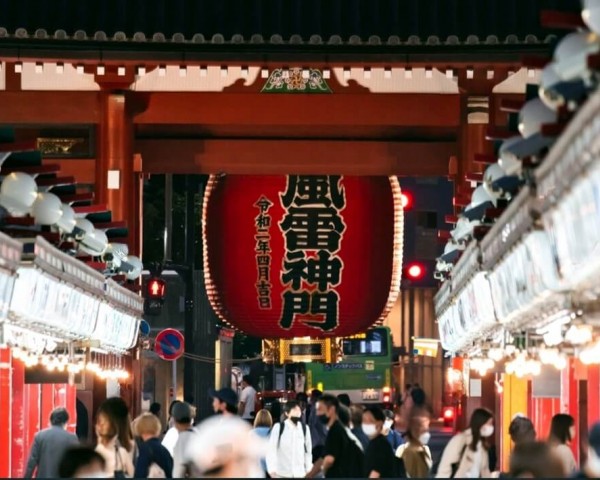In June, Japan broke a record in inbound tourism, welcoming a staggering 3.14 million foreign visitors for business or leisure, surpassing the previous monthly record of 3.08 million set in March. This remarkable increase from the 3.04 million visitors in May is a testament to Japan’s growing appeal as a tourist destination.
In the first half of 2024, Japan welcomed 17.78 million tourists, also breaking another record. This suggests the country could surpass the historic peak of 31.9 million visitors set in 2019 before the Covid-19 pandemic.
Prime Minister Fumio Kishida estimates that visitor spending will reach 8 trillion yen (about 47 billion euros) this year. However, he emphasizes the need to guard against “overtourism,” in which the sheer number of tourists negatively impacts the local environment, culture, and quality of life. Tourism is expected to become Japan’s second-largest source of foreign revenue in 2024, behind the automotive industry and ahead of the electronic components sector.
Weak Yen Boosts Inbound Tourism
The Japanese yen has depreciated to its lowest level in 38 years against the dollar, making Japan an attractive destination for foreign travelers. According to JNTO, 18 regions set new records for arrivals in June out of the 23 markets tracked. Visitors from Taiwan and the United States reached all-time highs for any month. The weakened yen has significantly increased Japan’s appeal, leading to more spontaneous travel. There has been a notable diversification in the countries of origin of visitors, with a decrease in travelers from mainland China by 25% compared to June 2019, when they made up about 30% of the total visitors to Japan.
Tensions with the Locals
While travelers’ spending has boosted the economy, the massive influx of tourists to some popular sites has caused tensions with the local population. Faced with overcrowded trails and increased waste, authorities have decided to impose admission fees and limits on hikers on Mt. Fuji for the first time. In Himeji, in western Japan, the mayor has proposed charging foreigners about six times the rate of residents to visit the city’s famous samurai-era castle.
Despite the challenges, the Japanese government proactively manages tourism growth to stimulate economic growth. The prime minister reaffirmed his ambition to almost double the annual visitors to 60 million and their spending to 15 trillion yen by 2030. He stressed the importance of promoting tourism in the regions and taking measures to avoid overtourism. The government’s plans to build regional airports and other infrastructure to cope with this increase in ridership are a testament to their commitment to sustainable tourism.












